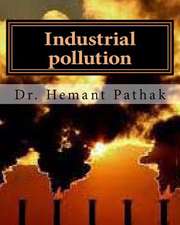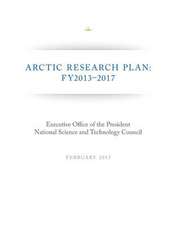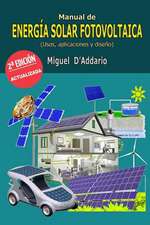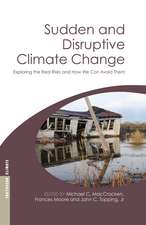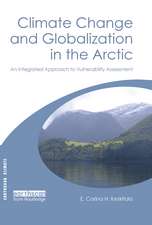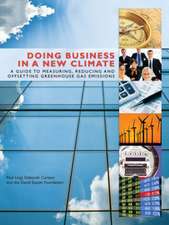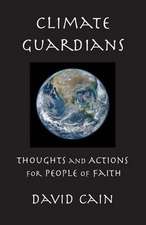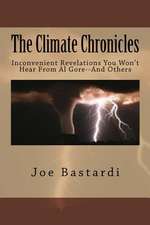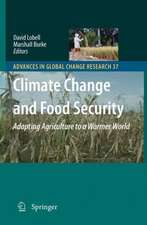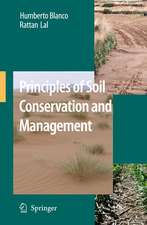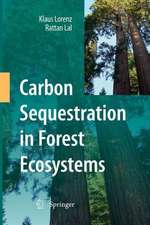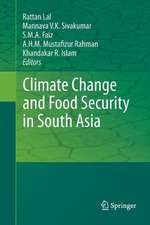Soil Emission of Nitrous Oxide and its Mitigation
Autor David Ussiri, Rattan Lalen Limba Engleză Paperback – 14 dec 2014
| Toate formatele și edițiile | Preț | Express |
|---|---|---|
| Paperback (1) | 645.28 lei 6-8 săpt. | |
| SPRINGER NETHERLANDS – 14 dec 2014 | 645.28 lei 6-8 săpt. | |
| Hardback (1) | 658.05 lei 6-8 săpt. | |
| SPRINGER NETHERLANDS – 12 noi 2012 | 658.05 lei 6-8 săpt. |
Preț: 645.28 lei
Preț vechi: 759.15 lei
-15% Nou
Puncte Express: 968
Preț estimativ în valută:
123.49€ • 134.09$ • 103.73£
123.49€ • 134.09$ • 103.73£
Carte tipărită la comandă
Livrare economică 22 aprilie-06 mai
Preluare comenzi: 021 569.72.76
Specificații
ISBN-13: 9789400798809
ISBN-10: 9400798806
Pagini: 396
Ilustrații: XVIII, 378 p.
Dimensiuni: 155 x 235 x 21 mm
Greutate: 0.55 kg
Ediția:2013
Editura: SPRINGER NETHERLANDS
Colecția Springer
Locul publicării:Dordrecht, Netherlands
ISBN-10: 9400798806
Pagini: 396
Ilustrații: XVIII, 378 p.
Dimensiuni: 155 x 235 x 21 mm
Greutate: 0.55 kg
Ediția:2013
Editura: SPRINGER NETHERLANDS
Colecția Springer
Locul publicării:Dordrecht, Netherlands
Public țintă
GraduateCuprins
CHAPTER 1: THE ROLE OF NITROUS OXIDE ON CLIMATE CHANGE.- 1. Introduction.- 2. Greenhouse effect.- 3. Climate forcing.- 4. Nitrous oxide emissions.- 5. Conclusions.- CHAPTER 2: GLOBAL NITROGEN CYCLE.- 1. Introduction.- 2. Discovery of N cycle: Historical perspective.- 3. Global N inventory.- 4. N fixation.- 5. Nitrogen cycling.- 6. Conclusions.- CHAPTER 3: FORMATION AND RELEASE OF NITROUS OXIDE FROM TERRESTRIAL AND AQUATIC ECOSYSTEMS.- 1. Introduction.- 2. Nitrification.- 3. Denitrification.- 4. N2O production by nitrification and denitrification.- 5. Conclusions.- CHAPTER 4: NITROUS OXIDE FLUXES MEASUREMENT.- 1. Introduction.- 2. Measurement methods.- 3. Modeling approaches.- 4. Future research priorities.- 5. Conclusions.- CHAPTER 5: GLOBAL SOURCES OF NITROUS OXIDE.- 1. Introduction.- 2. Natural sources.- 3. Anthropogenic sources.- 4. Conclusion.- 5. Researchable issues.- CHAPTER 6: LAND USE AND LAND MANAGEMENT EFFECTS ON NITROUS OXIDE FLUXES.- 1. Introduction.- 2. Cropland.- 3. Grassland.- 4. Forest.- 5. Factors controlling N2O production from soils.- 6. Conclusions.- CHAPTER 7: NITROUS OXIDE EMISSIONS FROM RICE FIELDS.- 1. Introduction.- 2. Literature Survey on Nitrous oxide Emission from Rice Cultivation.- 3. Types of Rice Ecosystems.- 4. Rice Soils.- 5. Mitigation Options for N2O Emissions from Rice fields.- 6. Conclusions.- CHAPTER 8: NITROUS OXIDE SOURCES AND MITIGATION STRATEGIES.- 1. Introduction.- 2. Anthropogenic sources of nitrous oxide.- 3. Mitigation of nitrous oxide emissions from cropland.- 4. Conclusions.- 5. Research needs.- CHAPTER 9: MITIGATION OPTIONS FOR LIVESTOCK AND PASTURE LANDS.- 1. Introduction.- 2. Nitrogen input to grazed pasture.- 3. Nitrogen transformations and loss from pasture soils.- 4. Nitrous oxide emissions from livestock management system.- 5. Conclusions.- CHAPTER 10: THE ROLE OF FERTILIZER MANAGEMENT IN MITIGATING NITROUS OXIDE EMISSIONS.- 1. Introduction.- 2. Nitrogen use efficiency.- 3. Enhanced efficiency fertilizers.- 4. Precision fertilization.- 5. Conclusions.- CHAPTER 11: CONCLUSION: TOWARDS MANAGING AGRICULTURAL SOILS FOR MITIGATING N2O EMISSIONS.- 1. Introduction.- 2. Mitigation options.- 3. Policy issues on agricultural GHG mitigation.- 4. Research needs.- 5. Recommended practices for reducing N2O emission.
Textul de pe ultima copertă
This book offers a clear and concise analysis of the global budget of nitrous oxide and the factors controlling its emission. It also describes the anthropogenic sources of nitrous oxide with major emphasis on agricultural activities. Anthropogenic activities have more than doubled the availability of reactive nitrogen in the biosphere, primarily through agricultural activities. Increasing nitrogen availability is producing unintended environmental consequences, including enhanced nitrous oxide emissions. Nitrous oxide gas is a long-lived radiatively active greenhouse gas (GHG) with an atmospheric lifetime of approximately 120 years, and heat trapping effects about 310 times more powerful than carbon dioxide on a per molecule basis. Nitrous oxide is not only a potent GHG, but it also plays a significant role in the depletion of stratospheric ozone. This book offers an extensive look at mitigation techniques to reduce emissions from agricultural soils and fertilizer nitrogen sources.
The global nitrogen cycle and role of enhanced reactive nitrogen in nitrous oxide emission is discussed. The Present and the future of enhanced nitrous oxide emissions on climate change and ozone depletion is outlined. The majority of the book focuses on soil borne nitrous oxide emissions. The spatial-temporal variation of soil nitrous oxide fluxes and underlying biogeochemical processes are described, as well as approaches to quantify fluxes from soils. Global nitrous oxide budget estimation based on various techniques and the associated uncertainties are outlined with the emphasis on research need to provide data for modeling. Mitigation strategies to reduce the emissions, especially from agricultural soils and fertilizer nitrogen sources are described in detail in the later part of the book.
The global nitrogen cycle and role of enhanced reactive nitrogen in nitrous oxide emission is discussed. The Present and the future of enhanced nitrous oxide emissions on climate change and ozone depletion is outlined. The majority of the book focuses on soil borne nitrous oxide emissions. The spatial-temporal variation of soil nitrous oxide fluxes and underlying biogeochemical processes are described, as well as approaches to quantify fluxes from soils. Global nitrous oxide budget estimation based on various techniques and the associated uncertainties are outlined with the emphasis on research need to provide data for modeling. Mitigation strategies to reduce the emissions, especially from agricultural soils and fertilizer nitrogen sources are described in detail in the later part of the book.
Caracteristici
This volume which the environmental consequences of enhanced nitrous oxide emission in a multidisciplinary nature including soil science, agriculture, climate change and Oceanography Easy to understand Includes a chapter on slow and controlled release fertilizers



